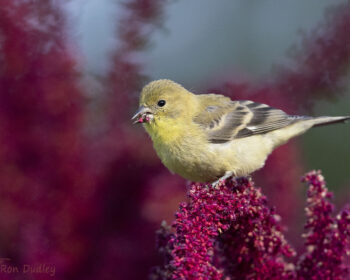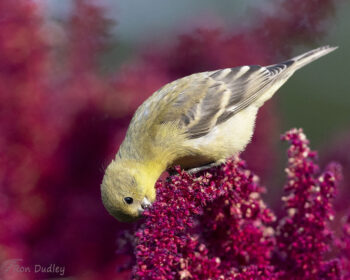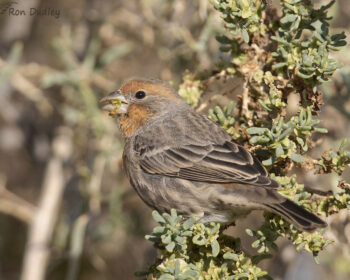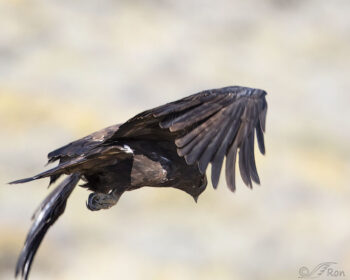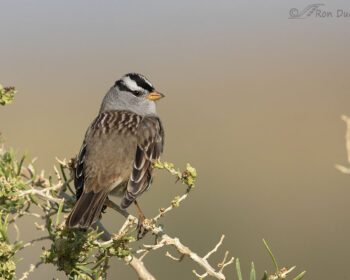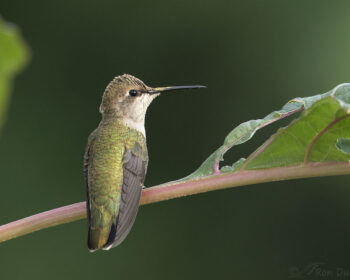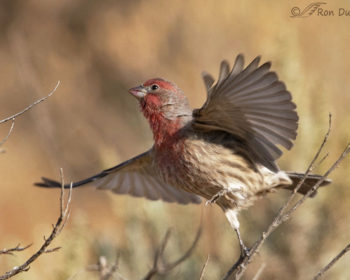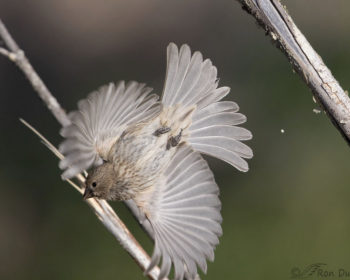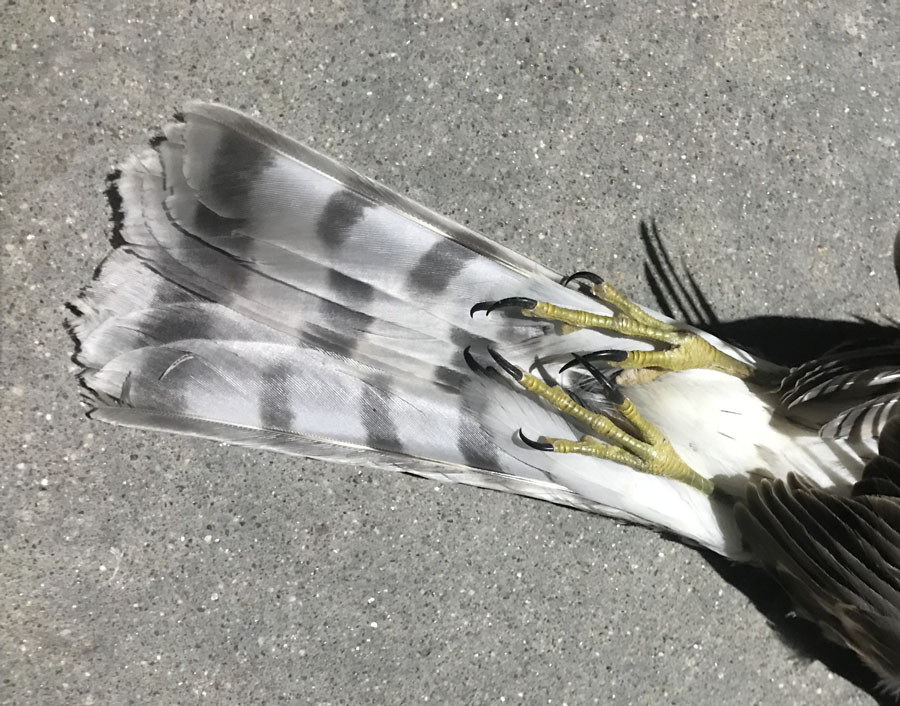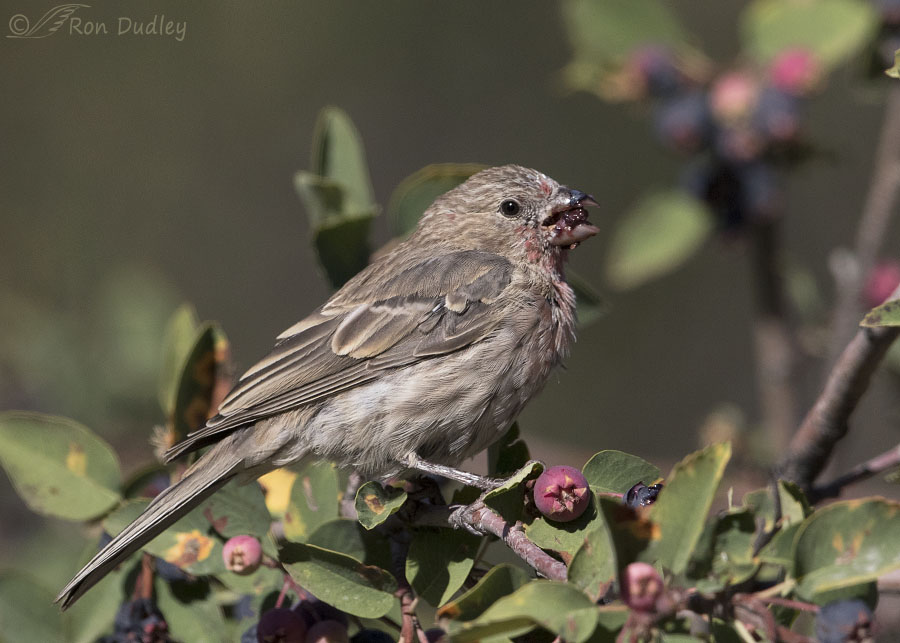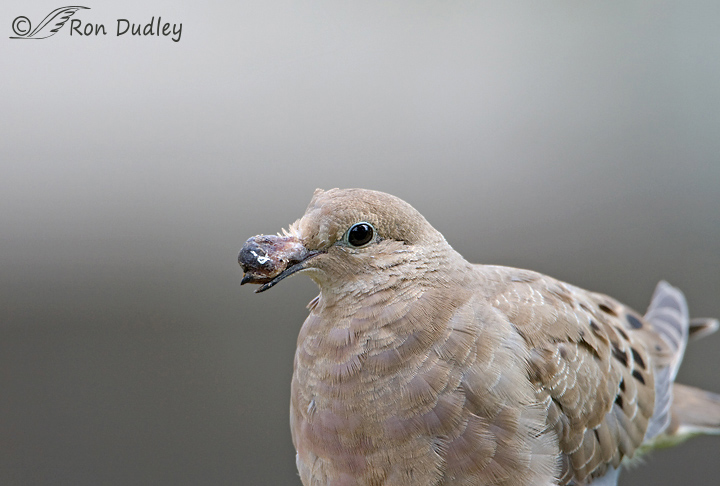Tag: house finch
Amaranth – A Bounty Of Food For Fall Yard Birds
Some Recent Common And (mostly) Interesting Birds
Some Recent Birds And Things
White Crowned Sparrows On Greasewood
Photographing Birds In My Garden Yesterday Morning
Dancing House Finch
House Finch – How In The World Do Birds Do Stuff Like This?
When Hawks Pursue Songbirds It Can Be Deadly For Them Both
A House Finch That Was Both A Sloppy Eater And Fastidious About Hygiene
Avian Pox – A Significant But Preventable Risk For Birds At Feeders
A Tribute To The “Common Species”
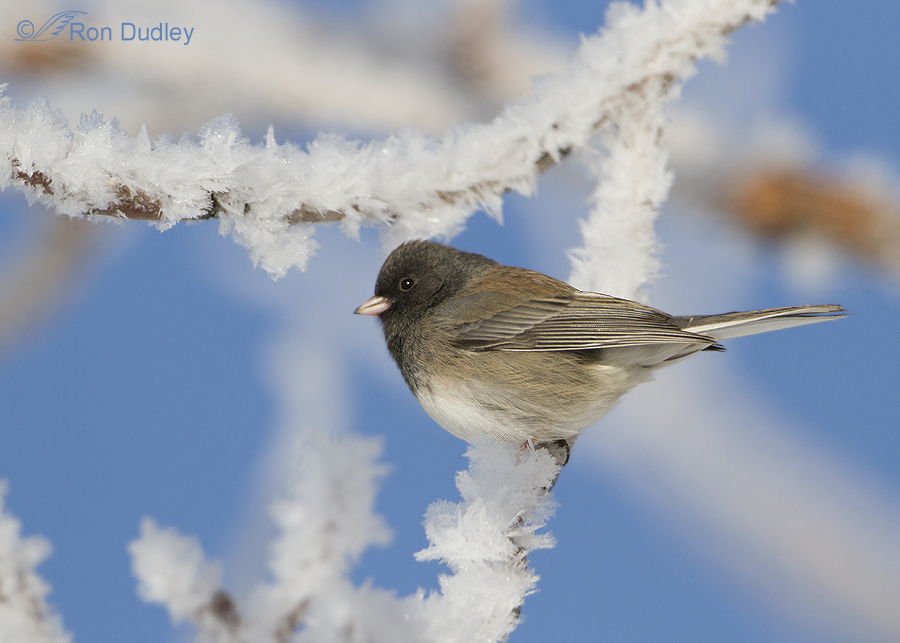
Many bird photographers tend to largely ignore the most common species in their areas and I’m as guilty of that as anyone.
There seems to be a sort of “supply and demand” philosophy – the more common they are the less appealing they are as subjects. That’s too bad for at least a couple of reasons – familiar birds can be just as interesting and beautiful as many of the others and what’s “common” where we live and/or shoot is very often uncommon or even nonexistent for folks in other areas. This post is meant to make up to some degree for my own poor judgment at times in choosing subjects.
Avian Pox And Bird Feeders
Several years ago when I was new to bird photography I would often practice photographing the several species of birds that would come to my back yard feeder in order to improve my skills. Later that summer I began to notice birds with deformities, especially on or near their bills, eyes, legs and feet. At first I thought they were some kind of tumors but on the morning I took these shots I saw three birds (two House Finches and one Mourning Dove) that were affected so I became alarmed and took the photos to the vertebrate disease specialist at Division of Wildlife Resources here in Salt Lake City. The diagnosis was avian pox. Mourning Dove with avian pox growths on bill Avian pox is a serious disease of many species of birds caused by several strains of avipoxvirus. The most common form, cutaneous pox, causes wart-like growths around eyes, beak, legs or any unfeathered skin. Those warts may interfere with feeding, sight, breathing or perching. Affected birds often become emaciated due to the inability to feed. Avian pox causes significant mortality in infected birds but they often recover as long as they’re able to feed. There is no evidence that avipoxvirus affects humans. Same bird, right side view Birds become infected with the virus through direct physical contact with infected birds, ingestion of food or water contaminated by other infected birds or through contact with contaminated surfaces – especially at bird feeders and perches. The virus enters through skin surfaces that have become abraded…


